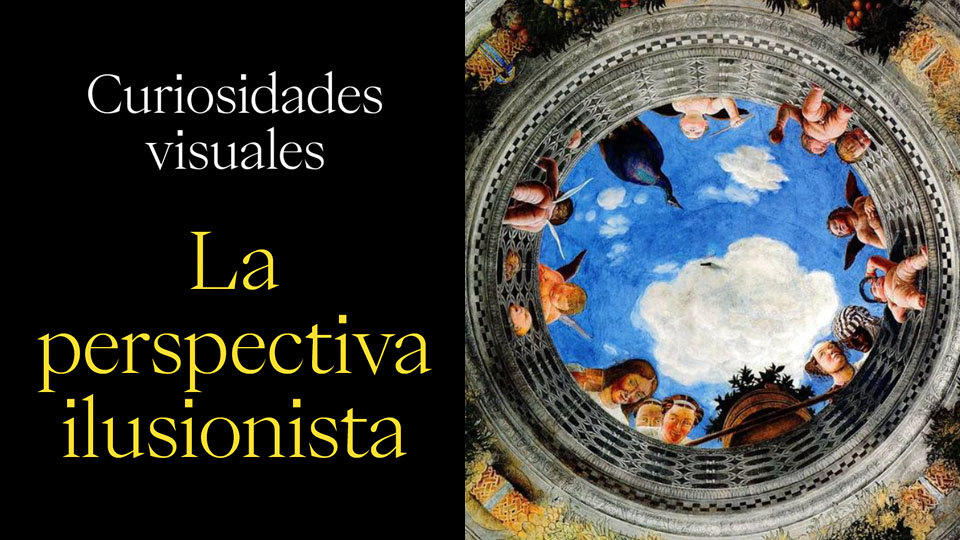Can I take motion sickness tablets if I have glaucoma?
21/10/2025

04/12/2023
In the iconic Parthenon of the Acropolis of Athens, a symbol of classical architectural perfection, subtle "imperfections" can be measured. These deviations, such as slight cambers in the pedestal, architrave, and columns of the façade, were likely intentional. They aimed to create a more "natural" perspective effect, avoiding a too rectilinear appearance and compensating for the viewing experience from a relatively close distance.
The incorporation of architectural elements in paintings to form illusionistic perspectives appears to have been a common technique in the decoration of Roman villas, aiming to achieve a three-dimensional depth. This is evident in various murals found in Pompeii.
With the advent of the Renaissance, the art of perspective, lost during the Middle Ages, was rediscovered. The illusionist perspective became fundamental for the creation of trompe-l'oeil and thrived, especially during the Mannerist and Baroque periods, manifesting in frescoed murals on the walls and ceilings of churches and palaces. The combination of architectural, sculptural, and pictorial elements proved invaluable for this purpose, finding its most natural application in scenography. A notable example is the famous stage of the Teatro Olimpico in Vicenza, which produces the illusion of deep streets through a series of sets of decreasing size.
Today, illusionist perspective remains a common element in cinematographic tricks, surrealistic and hyperrealistic art. It has evolved from its traditional pictorial forms to new manifestations, such as the decoration of party walls or ephemeral chalk street paintings.
Irrespective of its purpose, the use of resources like illusionistic perspective reveals the knowledge, perhaps intuitive, that artists have possessed since ancient times regarding the mechanisms of visual perception and how to manipulate them to create a specific effect.
Professor Rafael I. Barraquer, medical director of the Barraquer Ophthalmology Centre